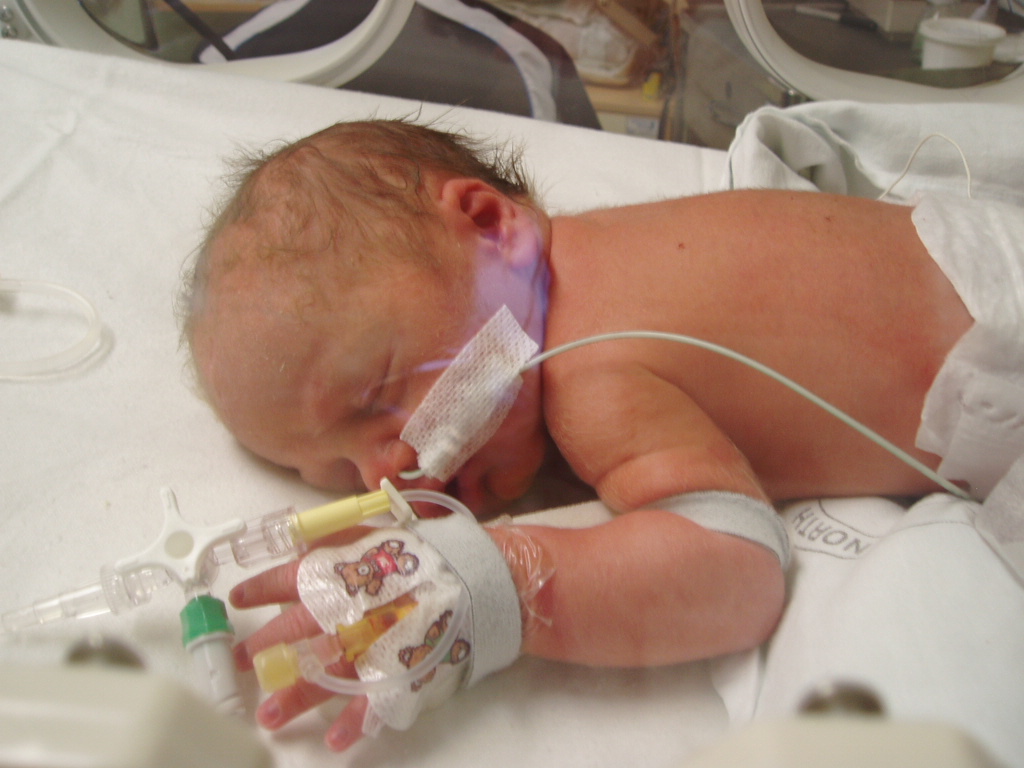This post contains discussion of the challenges in midwifery and childbirth
If you’ve been watching/reading/listening/imbibing the news over the past few years, you will have heard repeated claims of the crisis in midwifery. Not in terms of student recruitment (which remains strong), but in terms of clinical care. There have been a series of high-profile failings in the care of women and babies, including at the Queen’s Medical Centre in Nottingham, and East Kent Hospitals NHS Trust. An analysis of statistics from the health regulator the Care Quality Commission (CQC) in 2022 showed almost half of maternity units required improvement. The failures at Shrewsbury and Telford Hospital NHS Trust were so shocking that they triggered the independent review by Donna Ockenden. The wide-ranging reports that she produced starkly highlighted the challenges in maternity care, resulting in significant investment in this provision. The reports highlighted patterns of repeated poor care, failures in governance and leadership and noted local actions for learning, and immediate and essential actions to address these issues.
Or we can turn our attention to the data from the CDC showing that “Black women are three times more likely to die from a pregnancy-related cause than White women” despite the fact that most pregnancy-related deaths are preventable. The Black Women’s Maternal Health: Multifaceted Approach to Addressing Persistent and Dire Health Disparities report argued back in 2018 that part of the solution was to provide patient-centred care responsive to the needs of Black women and to invest in health care safety and quality improvement initiatives. This includes a more diverse and representative staff of midwives. The crisis then, is wide ranging and may seem overwhelming.
We can even turn our attention to the past. In their recent piece in eLife, Prof Rebecca Gowland and paediarician Christian Harkensee argue that “Poverty and lack of social mobility can, generation after generation, deplete the biological, behavioural and community resources that mothers have at their disposal to invest in their children, creating inter-generational cycles of biological disadvantage.” This means that there are repercussions down the line for decades as a result of what happens during pregnancy. Good midwifery care is not just about the here and now – it’s an investment in our collective future. Regardless of where the maternity care is situated, the solutions invariably rely on working with midwives and associated healthcare professionals to improve care and practice.
Our university data tells us that most of those who apply to be a nurse at Teesside do so because they have had some personal experience with nurses or healthcare, such as witnessing wonderful palliative care for a loved one or benefitting from brilliant physio inteventions. I feel the same for my active support of our midwifery team here and it’s partly why I’m so keen for us to improve the service. Without the exceptional care we received, neither of our children would have survived. Our eldest was born eight weeks premature (you can see him below), and he was a scrawny skinny spider monkey who needed surgery to survive and could fit head-to-toe from my wrist to my elbow. He lived his first few weeks in an incubator being fed through a tube by his ever-vigilant parents. Something I tend to remind him when he’s being a right gobshite now he’s 15 years of age.

An article last week in the journal Nursing in Practice argued that the cause of the crisis in midwifery was chronic understaffing, with real challenges in recruitment and an over-reliance on agency staff. The Ockenden reports noted similar. People-focused work needs people. There’s an interesting link to Higher Education here. One of the many (many) metrics we’re measured against, and league tabled on (I really want this new verb to catch on…), is staff-student ratios. They’re used as a proxy for student experience. But they’re crude as a measure of assessing how much engagement a student is getting in their education. They don’t take into account different teaching modes, for example. And they only include academic staff, and not technical or professional support staff. As if the entire student experience is based on the number of academics on hand. It takes a village to raise a child. Especially if that child is a professionally accredited degree in healthcare.
It’s a similar argument to when people tell me we should cut all the management positions in the NHS and just pay for nurses. Well, okay, but who is going to do all the rostering, or information governance, or supply-chain coordination? We’ll always need people to get other people in the right place to help the other people.
Anyway. Despite my own feelings of self importance, I can’t actually fix the staffing issue in the sector. So what can I do? Well, that brings me to why I was recently in the maternity unit over at James Cook University Hospital in Middlesbrough and visiting the fab team there.

How can we help a situation that is national in scale? Well, what we can do is work to make the experience of our midwifery students as good as we can. We have a shared responsibility for the culture of any organisation we work this closely with. Because people-focused work needs people. On campus, we have a great simulation suite, with Sim People (that’s sim people, not The Sims People. There are no floating green diamonds), which display vital signs, and even give birth. Simulation gives students the confidence to learn and practice in a risk-free environment helping them be better prepared for placements. We have joint undergrad and postgrad research projects, including funded PhD research. These tend to focus on quality improvements or clinical interventions in maternity care, and I’m particularly interested in the work we’re doing around engaging with marginalised communities. It is important that our students engage with all in our local community, and as such we’re looking to kick-start our antenatal education programme again. Understandably paused during the lockdowns, it’s an important way for our students to talk to soon-to-be and new mothers about anything that may be worrying them. It’s an effective way to develop communication and leadership skills – again giving them more confidence. Talking of which, we were very proud of one of our maternity students who won a place on the national Student Leadership Programme this year and she has great ideas for supporting students when in placement which we will roll out. We also have a fabulous Maternity Voices Partnership, which is a variation on our excellent approach to service user and carer involvement – patients and those who look after them, are a key part of the education we provide. It was partly this work that has led to us to create our new breast pumping/baby feeding room in our main building on campus. This isn’t just to support our students, but also visitors to our various clinics.
I guess what I’m trying to say is that although we can’t fix the national crisis, we can have a positive impact on our region through a number of projects and initiatives if we focus on the students’ relationships with the patient. They may be small impacts for us, but highly significant to any number of patient coming through our wards.
I was discussing the impact that another baby in the house would have on me personally the other night. To which my wife responded, “Yes. Do tell me more about the physical toll it would take on you.” But that’s probably better saved for another day.
